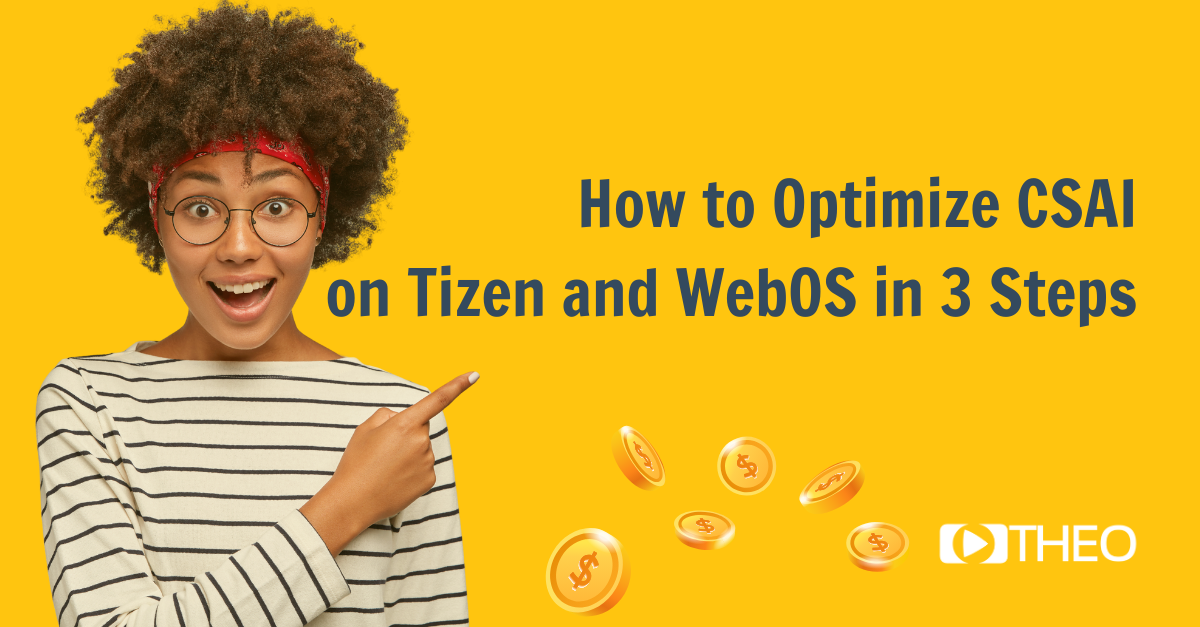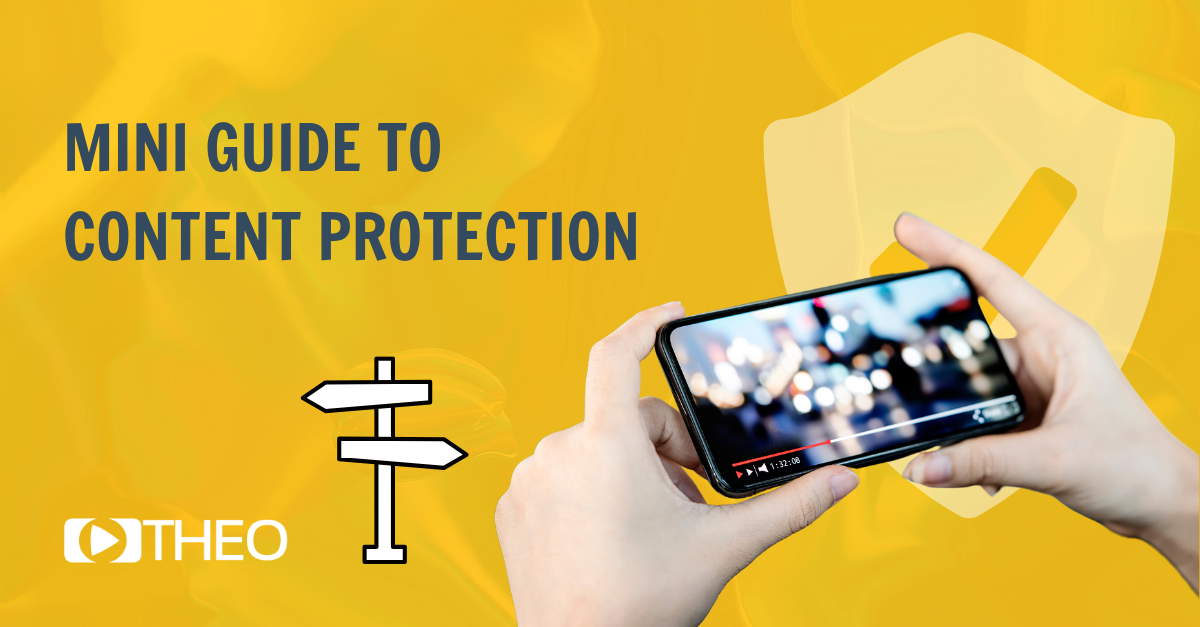High Efficiency Streaming Protocol (HESP): Delivering the Sub-Second Latency Online Viewers Expect
by THEOplayer on April 8, 2020
Live streamed events are generally delayed by 30 seconds or more compared to the traditional broadcast feed. This results in a spoiler effect during sports events, when you hear neighbors cheer for an action you haven’t seen yet, or when you already see commentary on social media befo …
Encoding for Cost Efficient Streaming
by THEOplayer on March 19, 2020
Our previous blog post, Basics of Video Encoding: Everything You Need to Know, we discussed the different aspects of encoding and the different video codecs that are currently being used, or are looking to be adopted in the industry. In this post, we will focus on key ways to stream o …
ABR for More Efficient Bandwidth Usage
by THEOplayer on March 12, 2020
Bitrate indicates the speed at which video content (or any other data) is delivered. It represents the amount of bits per second that are transmitted digitally across a network. The speed of the bitrate can also determine the cost of delivery. In a video context higher bitrate usually …
THEO Technologies Secures Series A Funding
by THEOplayer on March 11, 2020
THEO Technologies announced that it raised $10M in a Series A funding round led by SmartFin Capital with participation from PMV and Media Invest Vlaanderen (MIV).
Ultimate Mini Guide to ABR Logic
by THEO Technologies on March 3, 2020
A bitrate indicates the speed (which can also determine the cost) at which video content (or any other data) is delivered. It represents the amount of bits per second that are transmitted digitally across a network. In a video context, higher bitrate usually indicates a higher quality …
Basics of Video Encoding: Everything You Need to Know
by THEOplayer on February 20, 2020
What is video encoding? In simple terms, encoding is the process of compressing and changing the format of raw video content to a digital file or format, which will in turn make the video content compatible for different devices and platforms. The main goal of encoding is to compress …
The Retirement of VPAID: What it Means for the Future of Online Advertising
by THEO Technologies on January 23, 2020
The introductions of new online technologies have changed the landscape for advertisements and how they are used and viewed. This has resulted in new levels of interaction between brands and consumers. In advertising, the increased visibility, reach and position benefits stakeholders, …
The Impact of Apple's Update of LL-HLS: Removing HTTP/2 Push Requirements
by THEOplayer on January 13, 2020
Last Friday Apple announced an update of their Low Latency HLS specification. In the new update, Apple is stepping away from the HTTP/2 push requirement stated in earlier specifications and seems to be moving closer to the community version of LHLS. In the overview below we will go th …
Accessibility with THEOplayer
by THEOplayer on January 7, 2020
Integrating accessibility features on the web is crucial to accommodating viewers with limitations, optimise the general viewer experience and maximise overall reach. The basis of video accessibility means that viewers with disabilities can perceive, understand, navigate, and engage w …
Mini Guide to Content Protection
by THEO Technologies on December 24, 2019
With piracy on the rise again, it is worth taking a moment to consider how you can prevent your content from being pirated. Pirated content (ranging from link sharing to straight-out downloading of content) generally results in a loss of revenue. While there are many approaches to pro …











